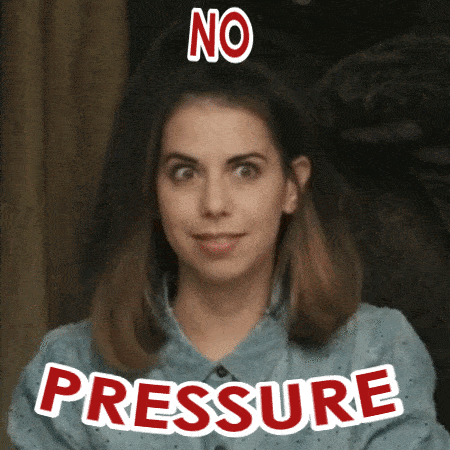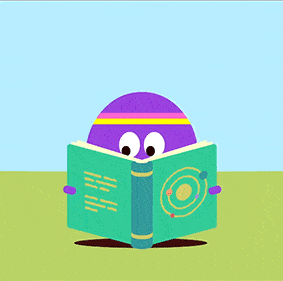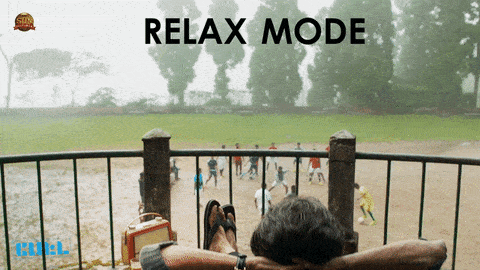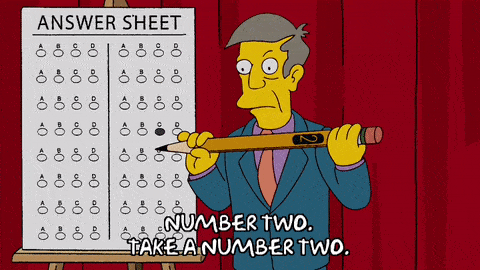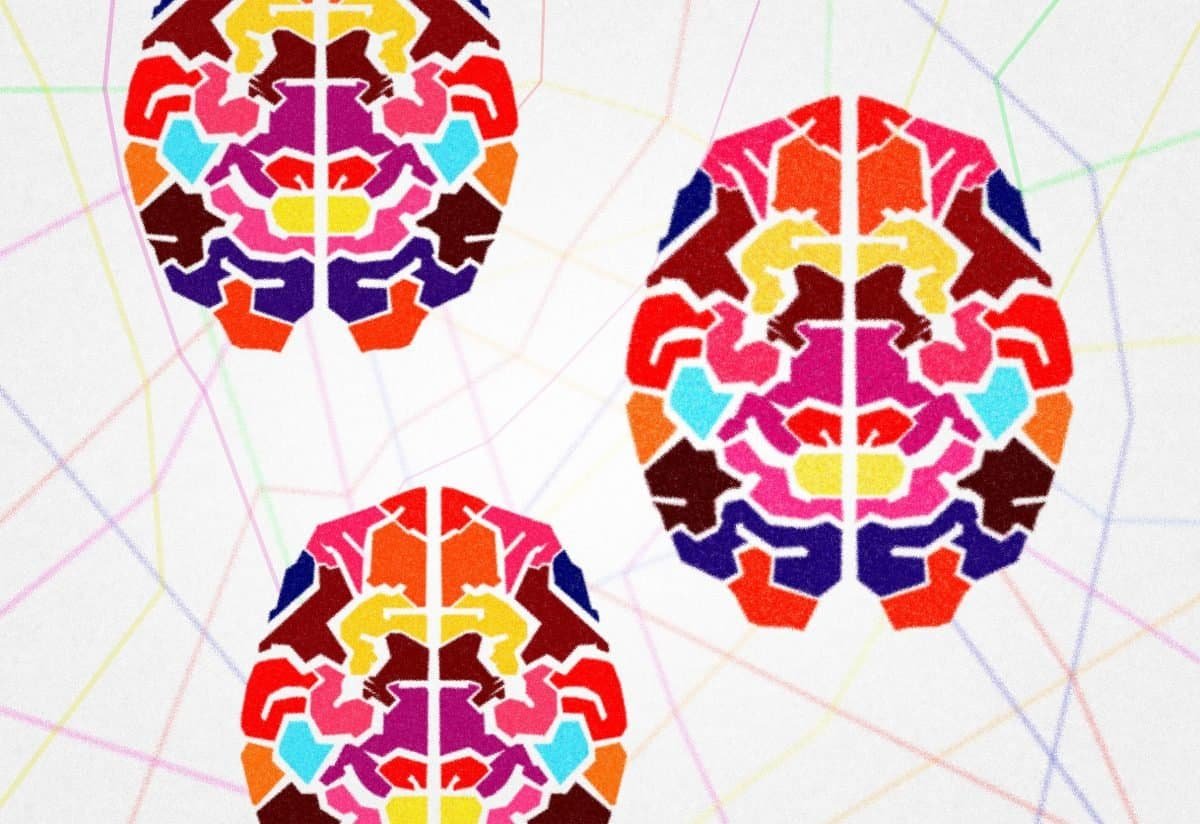Not everything is at it seems.
The world around us appears to be what it is.
Your car looks the same today as it did yesterday. That tree outside in your front yard hasn’t changed much over the last few hours.
So how do our body and our mind process the existence of things, based on how we perceive them? The presence of an object must be the combination of it being there and how we respond to it, surely?
What if these inanimate objects all around us changed, according to their external environment?
Why is it, then, that we see them as consistent?
Let’s take a look at this phenomenon called perceptual constancy.
What is Perceptual Constancy?

Encyclopedia Britannica explains that perceptual constancy is also often called constancy phenomenon, or object constancy.
This theory describes the way that both animals and humans can see an object in the same way, regardless of external effects. This means that the object appears to have the same size, color, shape, and location regardless of distance, perspective, and lighting.
This impression of what is around us tends to align with the object as it is assumed to be, rather than its existence in response to outside stimulus.
Perceptual constancy helps to explain our ability to identify objects regardless of the condition they’re in. The impact of their surrounding environment seems to be taken into account when we attempt to recall the object mentally.
An example of this is our perception of snow, regardless of environment. Snow still appears white to us, whether illuminated by low moonlight or bright sun.
Perceptual constancy minimizes when you aren’t too familiar with the object. Decreasing the number of environmental factors that help to identify the object will also reduce the abilities of perceptual constancy.
Different Theories Around Perception
Why does perception have such a significant impact on the world around us? Let’s explore a number of different theories that try to explain the role of perception.
Wikipedia explains that cognitive theories around perception believe there is a lack of stimulus. This is the claim that purely experiencing a sensation is not enough for us to interpret and understand the world sufficiently.
James Gibson rejected this theory, investigating instead the information fed to our systems of perception.
Gibson continued his work by coining the term “perception-in-action.” This intended to describe the theory that perception is a necessary aspect of animated action.
He believed that without perception, action would have no compass. He also felt the opposite, too – that without action, our perception would serve no purpose, either.
Gibson believed that animate actions require both motion and perception to exist. This is based on his theory that singular entities already exist in the world.
All that perception does to them is shed light upon their existence.
A view that opposes this theory is the concept that there is a continual adjustment of action and perception, affecting the external input.
This theory is known as constructivism.
Other theories that explore perception include philosophers like Jerry Fodor believing that the purpose of perception is knowledge, and evolutionary psychologists devising that guiding action is its primary purpose.
Looking at Visual Perceptual Constancy
Now that we’ve looked at a little background on the definition of perception and how its connected to psychology through theories, let’s discuss the visual and auditory aspects of it.
Wikipedia says there are many different types of perceptual constancies in our visual perception. Let’s take a look at them:
Visual Perceptual Constancy Continued and Auditory Perception
Let’s continue to look at other types of perceptual constancy found in visual perception:
Now that we’ve explored visual constancy, let’s address two different types of auditory constancy:
Perception of Motion
Free Encyclopedias look to another perceptual constancy theory that’s been the subject of much debate and research.
The argument lies in the mystery of how perceived movement cannot be accounted for based on the motion of that object across the retina of the viewer. If this were the case, then we would base any movement of an object on the movement of the observer.
A good example of this is when you ride a bike. If this theory were correct, then the rest of the world would also appear to be moving as well.
Another interesting phenomenon within our perception of motion involves the saccades of the eyes. These are otherwise known as rapid direct eye movements, which are responsible for picking up minute details when we see something by sending repeated information to the part of the eye responsible for this.
What’s strange about this is that any stationary objects within the image remain the same, despite the multiple pieces of information.
As well as taking contextual environmental factors into account, you also have to allow for specific receptor cells that additionally allow for the inclusion of up and down movement. Despite all the evidence we have, there are still many unanswered questions about the exact workings of motion perception.
Looking at Form Perception
The idea of form perception is how we identify objects and differentiate them from one another. Rather than seeing a random, loose grouping of stimuli, we see the world as an organized place where objects have definite forms and shapes.
The Gestalt psychology school discovered many rules and principles around how we group and organize separate elements in our external environment.
Gestalt postulated the figure-ground rule. In perceptual constancy, this helps to explain how we separate familiar objects from foreign ones. When looking at a new scene, our perception tends to make familiar objects stand out, while strange objects fade into the background.
An example of this is when we look at an abstract painting. An abstract painting holds little concrete consistency when it comes to solid objects. If we perceive anything to be familiar in the picture, we’ll notice it a lot more than the rest of it that we’re not so sure about.
Theories around the perception of form suggest that it comes from learning, experience, and parts of the nervous system. However, there is no single theory to account for our perception of form conclusively.
There also isn’t one concrete concept that brings our many different types of form perception.
Key Stages of Perceptual Constancy
Stimulation
The experience of sensory stimulation in this part of the perception process includes contact with a distinct stimulus. The world is chock full of stimuli that can draw our attention through several senses. So we are able to define the sights, sounds, smells, and tastes that populate our perceived experience. Stimulation involves selective focus and selective exposure. Selective concentration happens by anticipating to fulfill obligations and live enjoyably.
For instance, friends talking to you, but you were daydreaming the whole time. You will not hear what they are saying until they call out your name. Selective exposure happens by exposing information that will confirm existing beliefs, contributing to objectives, and having a state of joy. As we are not able to observe everything that is happening around us at the same time, we tend to engage in selective perception; perceiving only positive things.
Organization
The ability to identify and place objects and events is crucial for normal perception. Without that capacity, people cannot adequately use their senses in a perception that is organized by rules, and scripts. Organized with laws, people perceive things that are physically close together constitute a system. People developed this from actual experiences as well as common experience from daily activities like television, reading, or gossip. Some familiarity represented in remembrance will be some kind of schema.
This would help a person’s perception of categories be placed into numbers. However, it may cause perception issues as it influences a person to see nonexistence things or miss seeing things that are in reality. A script is a form of stimulus that focuses on an action, event or procedure. It is a method of how we behaved in the past and how we organized the event with our own action, which then organized by a pattern.
Memory
After going through the stages of stimulation, organization and interpretation-evaluation, there is another stage that comes called memory. We use this stage everyday! It is the storage of both perception and interpretation-evaluation that are kept according to scripts, events, or experiences. Memories are based off of perception.
Recall
After some time goes by, the memories stored are the ones individuals want to recall with certain information contained inside of them. Recall stage redesigns what people heard in a way that are meaningful to them. Recall information forces people to think or even rethink.
Looking at Perceptual Constancy

We don’t see the world as it is.
We see the world as we are.
This well-known quote helps to explain how our perception of things acts as a filter when we look at the world around us. Our external environment is affected by our body’s ability to perceive things, regardless of the accuracy with which we perceive them.
Many theories attempt to explain the phenomenon that is perceptual constancy. It’s tempting to say that this is just how our body processes information.
However, there’s so much more to our view of the world than this.
Perceptual constancy helps to explain why it is we see things in a certain way, regardless of how they are. It also helps to keep our external environment ordered and predictable, helping us to feel a sense of safety.








